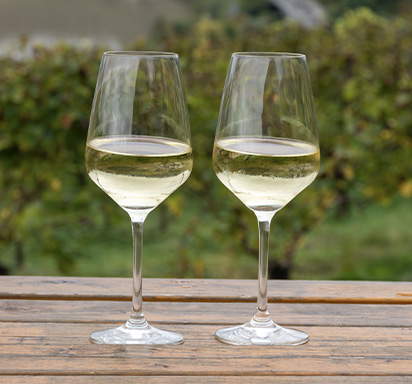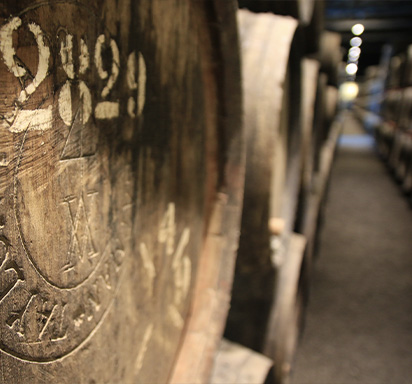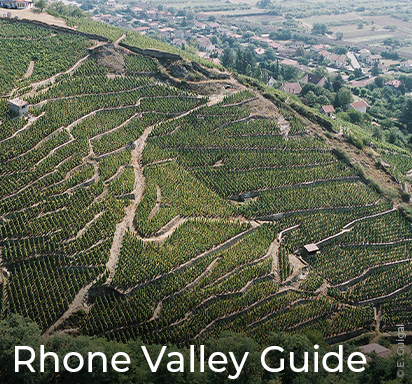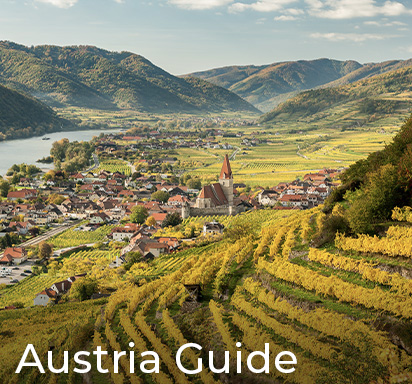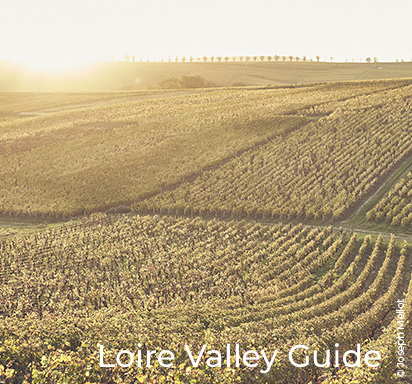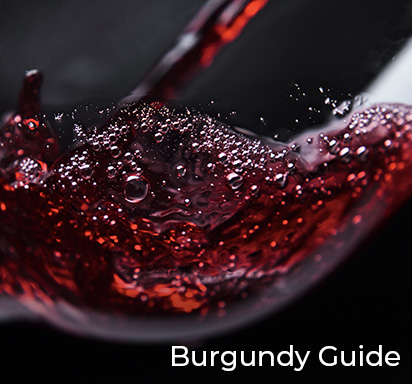White Wine types and how to classify them?
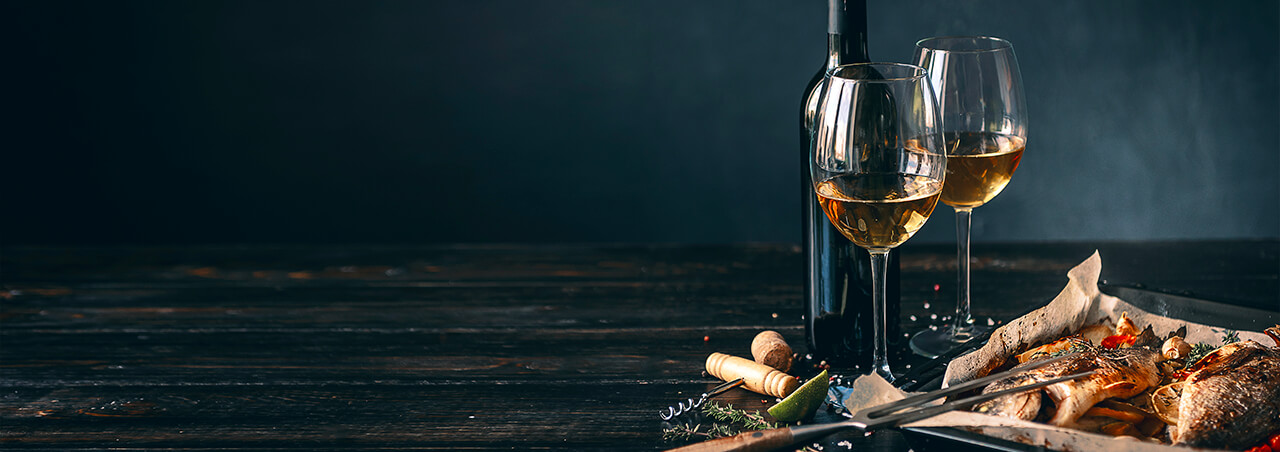
An “al fresco” picnic in the garden on a warm spring day, a poolside barbecue, or a feast of fresh seafood… Life’s most carefree moments just would not be complete without a chilled bottle of white wine by your side.
With a vast array of white grape varieties, terroirs of origin, and winemaking styles to choose from, it can be difficult to known which white wine types to purchase. To help guide you in the direction of the right bottle for any occasion, we’ve broken down the main white wine types by sweetness, body, grape varietal, geography, terroir and winemaking style. Join us on an adventure in the world of white wine. Discover the many different aspects of viticulture and winemaking that come together to define the style of a white wine, as well as the aromas, flavors and textures you sense in the glass.
WHITE WINE TYPES BY SWEETNESS
You may have heard the terms “dry,” “off-dry” or “sweet” in descriptions of different white wine types. To what do these terms refer? While tannins (along with acidity) help suppress the sensation of sweetness in red wines, white wines are produced with much shorter (if any) maceration periods, resulting in much fewer (if any) tannins in the glass. This means that the overall taste of sweet/sour in a glass of white wine results mostly from a delicate interplay between the wine’s acidity and sugar content.
A white wine is considered “bone dry” when 100% of the grape’s natural sugar has been converted to alcohol during the fermentation process, leaving only 0-1 gram per liter of residual sugar behind. A “dry” wine will have only 0-17 grams per liter of residual sugar. Sauvignon Blanc grapes, Pinot Grigio from Italy and Chardonnay from Chablis make some of the driest white wines in the world. These wines tend to pair best with light appetizers and fresh seafood, like oysters and whitefish.
In an “off-dry” or “semi-dry” white wine, the fermentation is halted before the full conversion of grape sugar to alcohol, leaving behind 17-35 grams per liter of residual sugar. These wines will offer a mild sensation of sweetness. A “medium-sweet” wine will have 35-120 grams per liter of residual sugar, revealing a more intense sweetness on the palate. “Off-dry” whites like Gewurztraminer from Alsace and “medium sweet” whites like Muscat often make for the best pairings with slightly spicy cuisines, like Thai or Vietnamese food.
A “sweet” white wine has over 120 grams of residual sugar per liter. These include luscious, dense, golden wines like Tokaji Aszu, Sauternes and noble-rot Chenin Blanc from the Loire. Sweet whites pair beautifully with even spicier dishes, pungent blue cheeses and fatty foie gras.
One of the most versatile grape varieties, with a remarkable ability to express the entire range of this sweetness spectrum, is Riesling. The German wine classification breaks down the different Riesling types into 6 “Prädikat” designations based on the amount of residual sugar, in descending order: Kabinett Riesling (the driest category), Spatlese, Auslese, Beerenauslese, Trockenbeerenauslese and Eiswein (sweet ice wine). Riesling from Alsace, Germany or Austria can produce a stunning array of different wines, from bone dry to late-harvest sweet white wine to ice wine.
WHITE WINE TYPES BY BODY
Similarly, to reds, white wines can be categorized by body type, which refers to a combination of its tannic structure (if any), acidity, sugar and alcohol content, resulting in the overall mouthfeel or “texture” of the white wine. Light-bodied wines wines typically have less than 12.5% alcohol and leave a crisp and refreshing sensation on the palate. Examples include Pinot Gris (Pinot Grigio), which reveals in the glass tons of tart citrus and some floral notes.
White wines with alcohol content between 12.5% and 13.5% are considered medium-bodied. Sauvignon Blanc and Gruner Veltliner make excellent medium-bodied white wines with green herbal aromas of gooseberry.
Full-bodied white wines are those with an alcohol content of more than 13.5%. Think of the luscious, mouth-coating texturing of oaky Chardonnay from Napa Valley, Pinot Blanc from Alsace, or a Viognier from the northern Rhone Valley.
WHITE WINE TYPES BY GRAPE VARIETY
The signature aromas and flavors in a glass of white wine are, first and foremost, determined by the grape variety or blend of varieties used to produce it. It is therefore no wonder that white wine grapes are commonly used to categorize different types of white wine.
Some of the most popular white wine grapes are: Chardonnay, Sauvignon Blanc, Riesling, Chenin Blanc, Pinot Gris (or Pinot Grigio), Semillon, Viognier, Torrontes, Albariño and Gewurztraminer. . These white wine grapes each have their signature tell-tale aromas, such as the white flower fragrances and honey of Chenin Blanc from the Loire Valley or South Africa, the freshly cut grass of Sauvignon Blanc, or the leafy notes of an aged Semillon.
Certain white grape varieties stand out from the rest for having particularly intense, pungent primary aromas - be they citrussy, fruity, floral or herbaceous - leaping forth on the nose. These varieties are used to produce aromatic white wines. Aromatic white grape varieties include Muscat, Gewürztraminer, Riesling, Torrontes, Viognier and Sauvignon Blanc.
While these are some of the most planted white varieties on earth, there are many others worth discovering, like the excellent Marsanne-Roussanne blends of the Rhone Valley, or Soave from the Veneto region of northeast Italy!
WHITE WINE TYPES BY GEAGRAPHY AND TERROIR
Geography and terroir also have a significant influence on the style of a white wine, and we can therefore use these parameters to categorize white wine types. When describing a white wine, we can refer to its country of origin: a Torrontes from Argentina, a Viognier from the Rhone region of France, a Sauvignon Blanc with passion fruit notes from New Zealand or a Semillon from Australia.
Then, we can group white wine types by region: Burgundy, the Loire Valley, Piedmont or Mosel, for example. Even more specifically, we can break down regions into their appellations, such as the prestigious appellations of Burgundy: Chardonnay from Chablis, Meursault, Puligny-Montrachet or Chassagne-Montrachet, for example.
We can even further categorize white wines by the designation level of their appellations of origin, such as the Regional, Village, Premier Cru and Grand Cru white wines of Burgundy. These are all geographical categorizations.
Perhaps a more accurate classification of white wine types is by terroir. We can certainly distinguish cool climate white wines (with cooler climate whites typically sporting higher acidity, lighter body and flavors of citrus, tart white fruit and fresh herbs) from warm climate wines (with lower acidity, fuller body and flavors of ripe white fruit and tropical fruits). Based on where they are grown, certain white grape varieties can express very different aromatic profiles. Think, for example, of the vast difference between the cool climate Sauvignon Blanc wines of Sancerre or New Zealand vs. the warm climate Sauvignon Blanc wines of California or Chile
WHITE WINE TYPES BY WINEMAKING
And finally, the winemaking methods employed by the winemaker at the winery will also help define different white wine types. For example, allowing the must to macerate on the grape skins after crushing will result in some tannins, as well as a color pigments, leached into the liquid. These wines are called skin-contact white wines wines and are characterized by a darker golden hue, a drying, puckering sensation on the palate, and tons of concentrated flavor on a full-bodied palate.
A winemaker can decide whether or not to carry out malolactic fermentation on a white wine. During this process, bacteria convert tart malic acid into softer lactic acid, resulting in a creamier, smoother sensation in the finished wine.
Another common winemaking practice when it comes to white wines is lees-aging, in which the wine is left to age in contact with the dead yeast cells after fermentation. The process of “battonage” or “lees stirring” increases contact between liquid and yeast even more. The dead yeast (lees) release sugars and amino acids into the wine, resulting in richer, fuller-bodied white wines with subtle yeast flavors and umami nuances. Famous lees-aged white wines are Muscadet sur Lie from the Loire and many Burgundy whites.
And perhaps the most common way to categorize white wines types by winemaking style is to consider how it is aged, for how long, and in what kind of vessel. Chardonnay, the “white” flagship sister of Pinot Noir in Burgundy, is particularly famous for taking on wildly different aromas, flavors and even textures when it is aged in oak barrels. An unoaked Chardonnay (or steel aged Chardonnay) from Chablis will be crisper, fruitier and brighter, while an oaked Chardonnay (or oaky Chardonnay) from California will reveal an almost buttery, creamy texture and nutty, smoky nuances or vanilla.
Just like red wines, white wines come in a vast array of styles and can be differentiated based on sweetness, body, grape variety, geography or terroir of origin or winemaking. Perhaps the most accurate way to describe a white wine type is by combining several of these. So, “a dry, light-bodied, cool climate, unoaked New Zealand Sauvignon Blanc” or “a lees-aged Chardonnay with malolactic fermentation and some oak-aging from a Grand Cru plot in the Puligny-Montrachet appellation of Burgundy.”
You may like
A dry white wine has little to no residual sugar, offering crisp acidity & fresh flavors. Discover different types, tasting notes, & ideal food pairings for wines like Sauvignon Blanc, Chardonnay, & Pinot Grigio in this guide.
3/7/2025Explore Port wine's rich heritage from the Douro Valley. Discover different styles from Ruby to Vintage, learn about production, grape varieties, and perfect food pairings for this iconic Portuguese fortified wine
2/27/2025Discover the Rhône Valley, a haven for wine lovers! Explore its storied terroirs, iconic appellations, and diverse grape varieties like Syrah, Grenache, and Viognier. Unveil wines to savor and cherish!
1/21/2025In this Guide, discover Austria’s top wine regions, grape varieties like Grüner Veltliner and Riesling, and some exquisite food pairings. Find out more on Austrian wines and why you should add them to your cellar.
1/14/2025Explore the Loire Valley, one of France’s most famous wine regions. Learn about its renowned appellations and grape varieties like Sauvignon Blanc, Chenin Blanc, and Cabernet Franc.
1/9/2025Discover the taste of Burgundy wine with flavors from Pinot Noir and Chardonnay. Explore the influence of terroir, the difference between Village, Premier Cru, and Grand Cru wines, and ideal pairings.
10/16/2024










